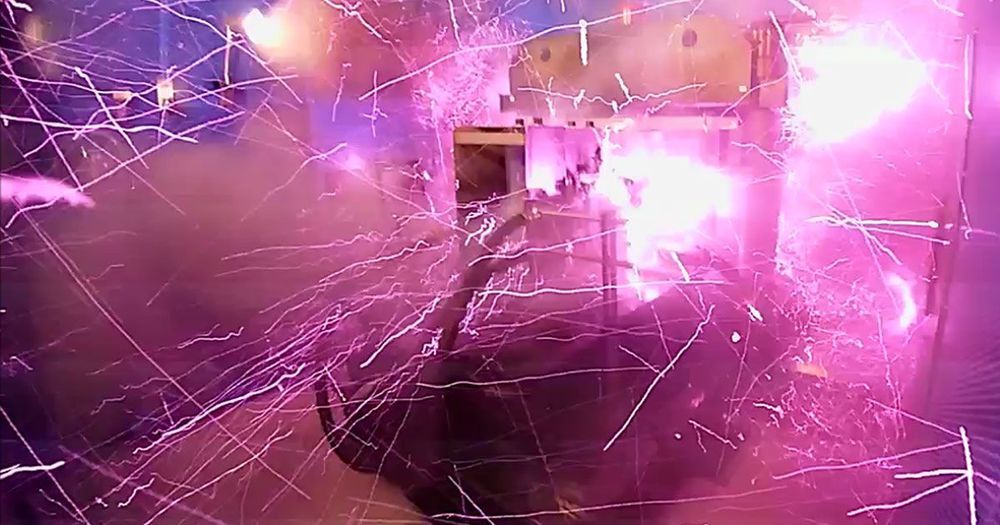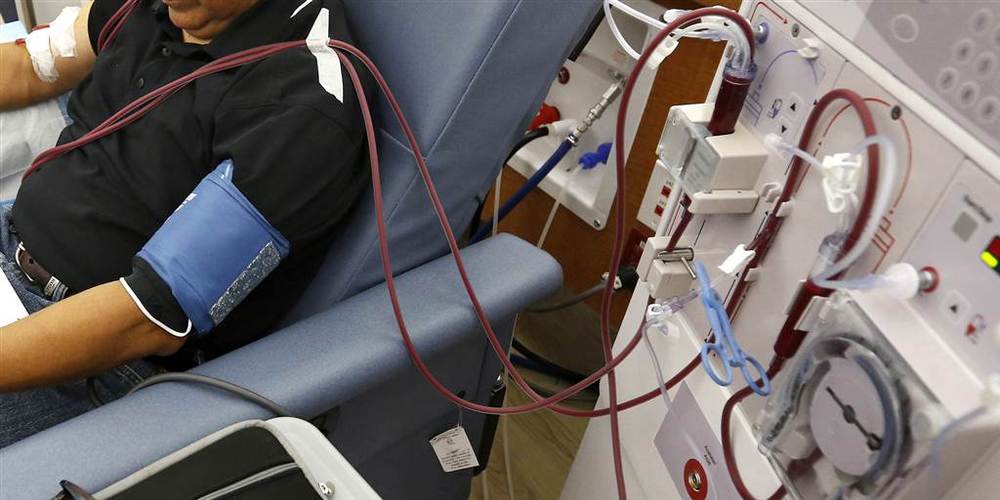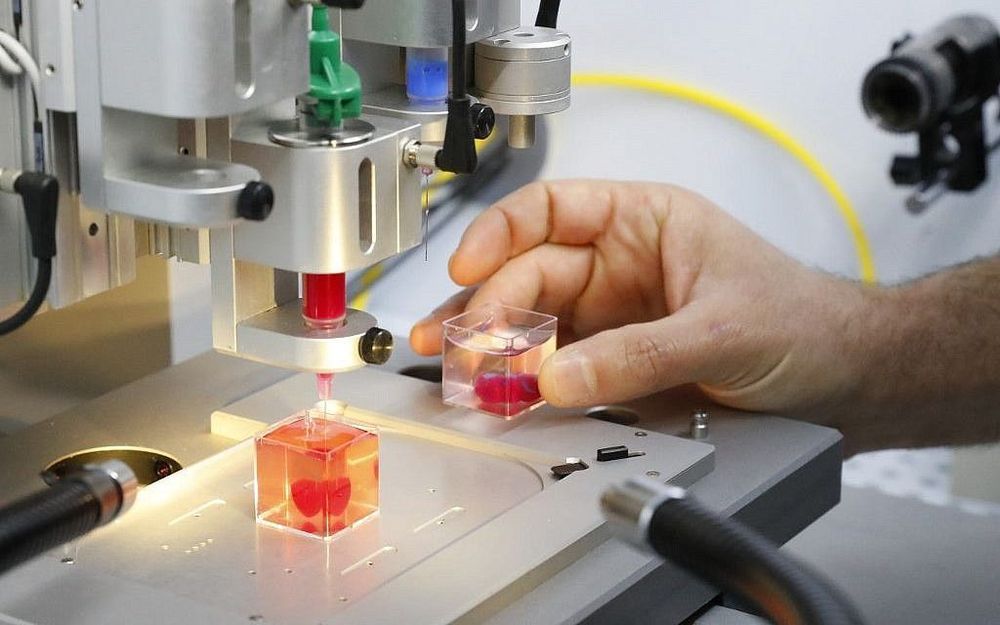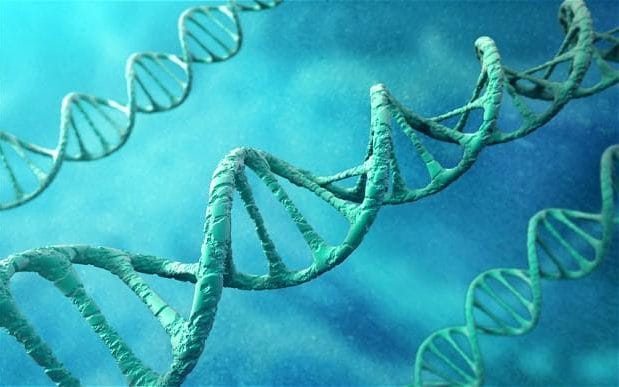A field 400 times as strong as an MRI should reveal new physics of nanoscale materials.
Two European theoretical physicists have shown that it may be possible to build a near-perfect, entangled quantum battery. In the future, such quantum batteries might power the tiniest of devices — or provide power storage that is much more efficient than state-of-the-art lithium-ion battery packs.
To understand the concept of quantum batteries, we need to start (unsurprisingly) at a very low level. Today, most devices and machines that you interact with are governed by the rules of classical mechanics (Newton’s laws, friction, and so on). Classical mechanics are very accurate for larger systems, but they fall apart as we begin to analyze microscopic (atomic and sub-atomic) systems — which led to a new set of laws and theories that describe quantum mechanics.
In recent years, as our ability to observe and manipulate quantum systems has grown — thanks to machines such as the Large Hadron Collider and scanning tunneling electron microscopes — physicists have started theorizing about devices and machines that use quantum mechanics, rather than classical. In theory, these devices could be much smaller, more efficient, or simply act in rather unsurprising ways. In this case, Robert Alicki of the University of Gdansk in Poland, and Mark Fannes of the University of Leuven in Belgium, have defined a battery that stores and releases energy using quantum mechanics.
We have known since the 19th century that young blood has surprising curative and rejuvenation abilities. It’s quite strange, but it happens to be true. In recent years, scientific efforts to understand what it is about young blood that causes rejuvenation have ramped up.
We now know that young and old mice with surgically connected circulatory systems will experience altered aging: the young mouse will prematurely grow old, and the old mouse will, in many cases, miraculously grow young. This is known as heterochronic parabiosis, and it is a large source of the legitimate excitement about the potential of young plasma to lead to human rejuvenation [1].
The challenge, of course, is how to achieve these benefits in more acceptable and less disturbing ways.
The cause of cancer is written into the DNA of tumours, scientists have discovered, in a breakthrough which could finally show how much disease is attributable to factors like air pollution or pesticides.
Until now the roots of many cancers have proved elusive, with doctors unable to tease out the impact of a myriad of carcinogenic causes which people encounter everyday.
Even with lung cancer, it is not known just how much can be attributed to smoking and how much could be linked to other factors, such as living by a busy road, or inhaling pollutants at work.









